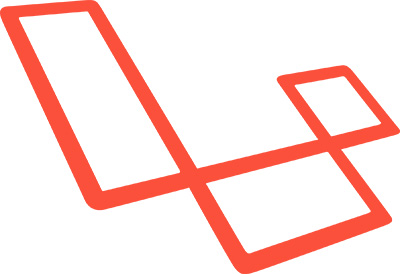Easier product import from Excel
One of the most used features in Picqer is importing products from Excel sheets. Almost every new user starts with it, and it’s often used later to add new products to the assortment. Because imports sometimes went wrong, we have completely redesigned this feature.
New product information can come from anywhere: suppliers, your previous WMS or the Excel sheets you were already maintaining manually. Importing this data can be risky—one small mistake could mess up your entire catalog. And if you have over 10,000 products, you may only notice it too late. We wanted a new approach that minimizes the risk of errors.
That’s why we have completely revamped the product import feature. Before finalizing the import, you can now see exactly which data will be changed. This gives you the opportunity to cancel the import, correct your Excel file and try again.
Picqer API introduces API Keys
As the Picqer API is being used more often and increasingly integrated into other cloud services, we are introducing API Keys today. This is a secure way to grant other apps or developers access to the Picqer API.
With API Keys, you no longer need to share your username and password to access the API. Instead, you use an ‘API Key’—a long string of characters that allows apps and developers to log in to the API. These API Keys cannot be used to log in to Picqer itself, which makes them safer.
A unique API Key for each app
You can create as many API Keys as you like. This allows you to use a separate key for each API integration, increasing security. You can give each key a custom name so you know exactly what it's used for.
Has a key been compromised or do you want to stop using a specific integration? You can easily revoke the key. You can also rotate keys regularly if needed.
Want to learn more about the Picqer API? Check out our documentation (in English) at picqer.com/api.
New: Only ship complete orders
Starting today, Picqer lets you choose whether orders can be delivered in parts or only once all products are in stock. In addition, all backorders now include a 'priority' to ensure fairer allocation.
Picqer moves to Laravel 4
 Picqer has migrated to the Laravel 4 framework. This move allows us to continue adding new functionality quickly and efficiently. Last Monday, the Laravel version of Picqer went live. In this technical article, we explain our choice and describe the advantages of Laravel.
Picqer has migrated to the Laravel 4 framework. This move allows us to continue adding new functionality quickly and efficiently. Last Monday, the Laravel version of Picqer went live. In this technical article, we explain our choice and describe the advantages of Laravel.
We began developing Picqer in early 2012. At the time, we were building our projects using Zend Framework, and started Picqer the same way. Zend Framework 2 was already in development, but not stable enough to build on. So Picqer was built using Zend Framework version 1.
Picking orders with your iPhone
In most cases, you start using Picqer on your desktop or laptop. But since Picqer works on any device with a web browser, you can also use it on your tablet or smartphone. This is perfect if you need to enter an order while on the go.
But things really get interesting when you start using iPhones and iPads in your warehouse.
Picqer offers optimized screens for order picking on iPad, iPhone and even iPod touch. This means you don’t need expensive, specialized hardware for your warehouse. You can simply use standard devices. Want to speed things up even more? Connect a Bluetooth barcode scanner to your smartphone and never pick the wrong product again.
Check out the Picqer app.


